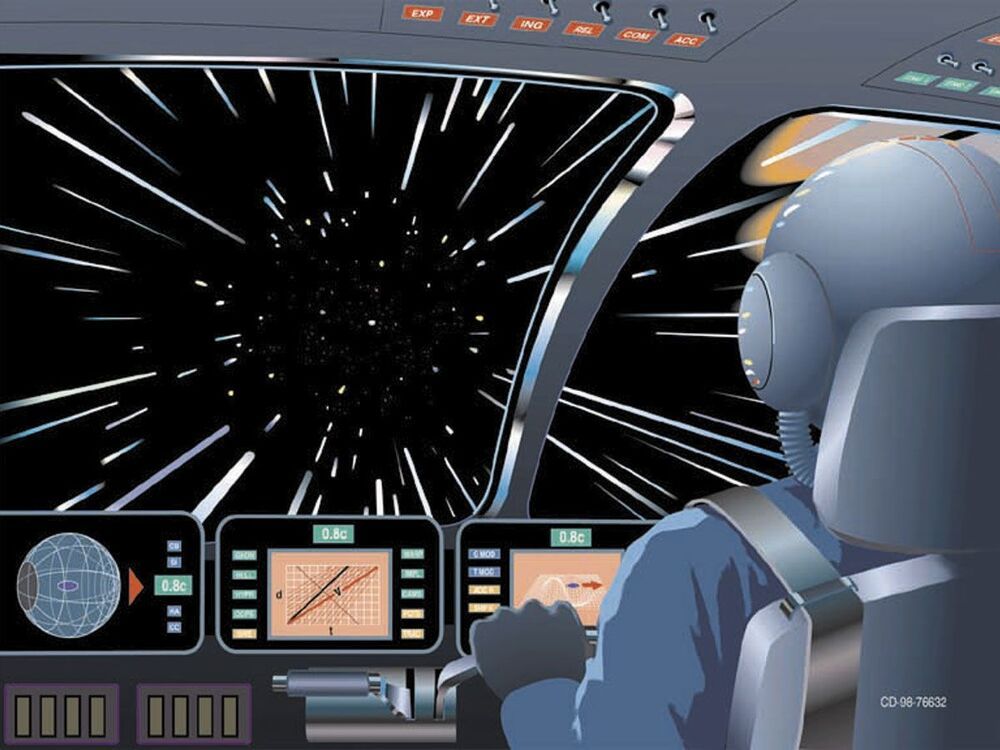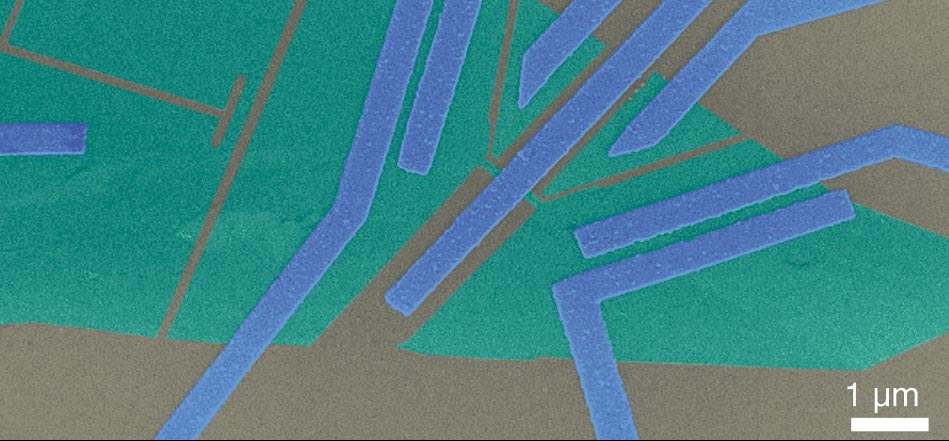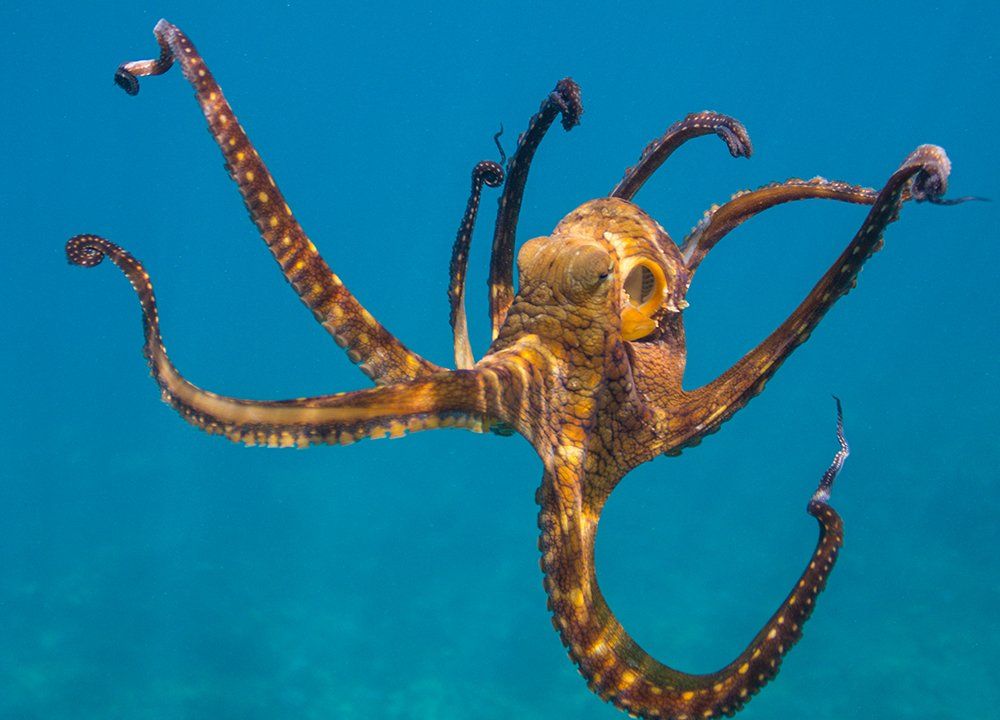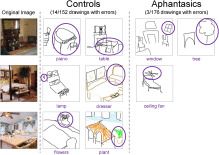Circa 2006
We perceive space and time to be continuous, but if the amazing theory of loop quantum gravity is correct, they actually come in discrete pieces.

It was just a leisurely walk in the woods — one they’ve done many times — but this time was different. This time, they spotted something that they say they’ll never forget.
It was Jan. 12 when two Ohio men found themselves staring at what they say resembled Bigfoot or Sasquatch in Salt Fork State Park.
“Should we even be here?” said Eric, one of the two men. Eric did not want his last name revealed.


Summary: The genetics of neurocognitive skills were associated with higher tolerance of risk, delayed fertility, less healthy-risk behavior, and a greater willingness to forgo immediate gratification.
Source: Columbia University.
Noncognitive skills and cognitive abilities are both important contributors to educational attainment — the number of years of formal schooling that a person completes — and lead to success across the life course, according to a new study from an international team led by researchers at Columbia University Mailman School of Public Health, the University of Texas at Austin, and Vrije Universiteit Amsterdam.

A new study shows that not even cosmology can verify Einstein’s assumption about the speed of light.
Special relativity is one of the most strongly validated theories humanity has ever devised. It is central to everything from space travel and GPS to our electrical power grid. Central to relativity is the fact that the speed of light in a vacuum is an absolute constant. The problem is, that fact has never been proven.
When Einstein proposed the theory of relativity, it was to explain why light always had the same speed. In the late 1800s it was thought that since light travels as a wave it must be carried by some kind of invisible material known as the luminiferous aether. The reasoning was that waves require a medium, such as sound in air or water waves in water. But if the aether exists, then the observed speed of light must change as the Earth moves through the aether. But measurements to observe aether drift came up null. The speed of light appeared to be constant.
Einstein found that the problem was in assuming that space and time were absolute and the speed of light could vary. If instead, you assumed the speed of light was absolute, space and time must be affected by relative motion. It’s a radical idea, but it’s supported by every measurement of light’s constant speed.

Quantum entanglement is key for next-generation computing and communications technology, Aalto researchers can now produce it using temperature differences.
A joint group of scientists from Finland, Russia, China, and the USA have demonstrated that temperature difference can be used to entangle pairs of electrons in superconducting structures. The experimental discovery, published in Nature Communications, promises powerful applications in quantum devices, bringing us one step closer towards applications of the second quantum revolution.
The team, led by Professor Pertti Hakonen from Aalto University, has shown that the thermoelectric effect provides a new method for producing entangled electrons in a new device. “Quantum entanglement is the cornerstone of the novel quantum technologies. This concept, however, has puzzled many physicists over the years, including Albert Einstein who worried a lot about the spooky interaction at a distance that it causes,” says Prof. Hakonen.

Octopus and squid make strange evolutionary shortcuts in adaptation. Evolution is an intricate process of change.
According to Science Alert, species of squid and octopus may yet have some surprises in store for us. “In a surprising twist, scientists discovered that octopuses, along with some squid and cuttlefish species, routinely edit their RNA (ribonucleic acid) sequences to adapt to their environment,” the article said.
“When an organism changes in some fundamental way, it typically starts with a genetic mutation—a change to the DNA. Those genetic changes are then translated into action by DNA’s molecular sidekick, RNA.”


Congenital aphantasia is a recently characterized variation of experience defined by the inability to form voluntary visual imagery, in individuals who are otherwise high performing. Because of this specific deficit to visual imagery, individuals with aphantasia serve as an ideal group for probing the nature of representations in visual memory, particularly the interplay of object, spatial, and symbolic information. Here, we conducted a large-scale online study of aphantasia and revealed a dissociation in object and spatial content in their memory representations. Sixty-one individuals with aphantasia and matched controls with typical imagery studied real-world scene images, and were asked to draw them from memory, and then later copy them during a matched perceptual condition. Drawings were objectively quantified by 2795 online scorers for object and spatial details. Aphantasic participants recalled significantly fewer objects than controls, with less color in their drawings, and an increased reliance on verbal scaffolding. However, aphantasic participants showed high spatial accuracy equivalent to controls, and made significantly fewer memory errors. These differences between groups only manifested during recall, with no differences between groups during the matched perceptual condition. This object-specific memory impairment in individuals with aphantasia provides evidence for separate systems in memory that support object versus spatial information. The study also provides an important experimental validation for the existence of aphantasia as a variation in human imagery experience.

Methylation and demethylation of DNA, RNA and proteins has emerged as a major regulatory mechanism. Studying the function of these modifications would benefit from tools for their site‐specific inhibition and timed removal. S ‐Adenosyl‐L‐methionine (AdoMet) analogs in combination with methyltransferases (MTases) have proven useful to map or block and release MTase target sites, however their enzymatic generation has been limited to aliphatic groups at the sulfur atom. We engineered a SAM synthetase from Cryptosporidium hominis (PC‐ChMAT) for efficient generation of AdoMet analogs with photocaging groups that are not accepted by any WT MAT reported to date. The crystal structure of PC‐ChMAT at 1.87 Å revealed how the photocaged AdoMet analog is accommodated and guided engineering of a thermostable MAT from Methanocaldococcus jannaschii. PC‐MATs were compatible with DNA‐ and RNA‐MTases, enabling sequence‐specific modification (“writing”) of plasmid DNA and light‐triggered removal (“erasing”).